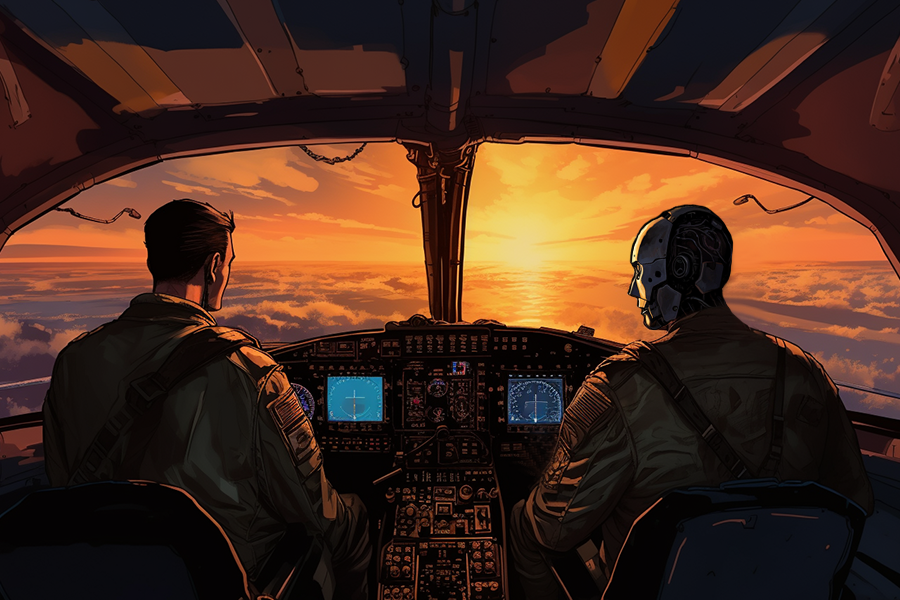Researchers at MIT’s Computer Science and Artificial Intelligence Laboratory (CSAIL) have developed Air-Guardian, a system that serves as a proactive copilot for pilots. It uses eye-tracking and saliency maps to determine attention and identifies potential risks. The system can be adjusted based on the situation’s demands and offers a balanced partnership between humans and machines. Field tests showed that Air-Guardian reduced risk and increased the success rate of navigation. The system is seen as an example of human-AI collaboration and is aimed at enhancing safety in aviation. Funding for the research came from various sources, including the U.S. Air Force and the Office of Naval Research.

The Air-Guardian system developed by researchers at MIT’s Computer Science and Artificial Intelligence Laboratory (CSAIL) acts as a proactive copilot, working in partnership with human pilots. It uses eye-tracking for humans and saliency maps for the computer to determine their attention. These maps highlight key regions in an image and help to identify potential risks before they occur. The system can be adjusted based on the situation and is adaptable to different demands. In field tests, it was successful in reducing risks and increasing the success rate of navigation. The Air-Guardian system complements human judgment and enhances safety and collaboration in aviation. It uses advanced technology like liquid neural networks and VisualBackProp algorithm for analyzing images and attention. The human-machine interface needs refinement for future adoption. The system represents a collaboration between human expertise and machine learning and showcases the potential of AI to work with humans in challenging scenarios. The research was funded by various organizations.
Action Item 1: Research more about the Air-Guardian system and its applications beyond aviation.
Action Item 2: Investigate the optimization-based cooperative layer and liquid closed-form continuous-time neural networks (CfC) used in the Air-Guardian system.
Action Item 3: Explore the potential for using visual attention metrics in other AI systems and applications.
Action Item 4: Determine the feasibility of refining the human-machine interface of the Air-Guardian system with a more intuitive indicator for when the guardian takes control.
Action Item 5: Collect feedback and opinions from pilots and aviation experts on the effectiveness and potential improvements of the Air-Guardian system.
Action Item 6: Review the funding sources for the research on the Air-Guardian system and determine any potential impact on collaborations or partnerships.
List of Useful Links:
- AI Scrum Bot – ask about AI scrum and agile
- AI copilot enhances human precision for safer aviation
- MIT News – Artificial intelligence
- Twitter – @itinaicom


























